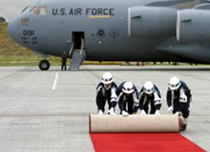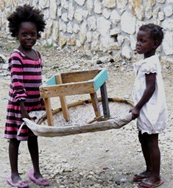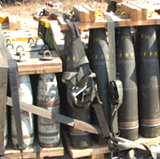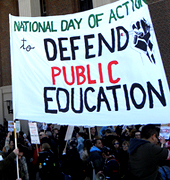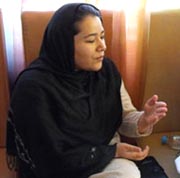On March 4, students, staff, teachers, faculty and their unions on all levels of public education created history by uniting and pouring out onto the streets to engage in what were overwhelmingly peaceful demonstrations to defend public education. The movement swept through small towns and large cities with demonstrators, including young elementary school students, carrying picket signs while yelling chants expressing their determination to fight back.
A San Francisco Civic Center rally, organized by the California Faculty Association (covering the California State University system), American Federation of Teachers Local 2121 (covering San Francisco Community College) and the United Educators of San Francisco (covering K-12), drew somewhere between 12 to 15,000 participants, far more than many of the organizers anticipated. The rally was also sponsored and built by the San Francisco Labor Council, which called on all its affiliates to support it. The Labor Council’s banner, which was displayed above the stage, set the theme of the rally. It read: “Full funding for Public Education and Social Services. Progressive Taxation Now!” read more
